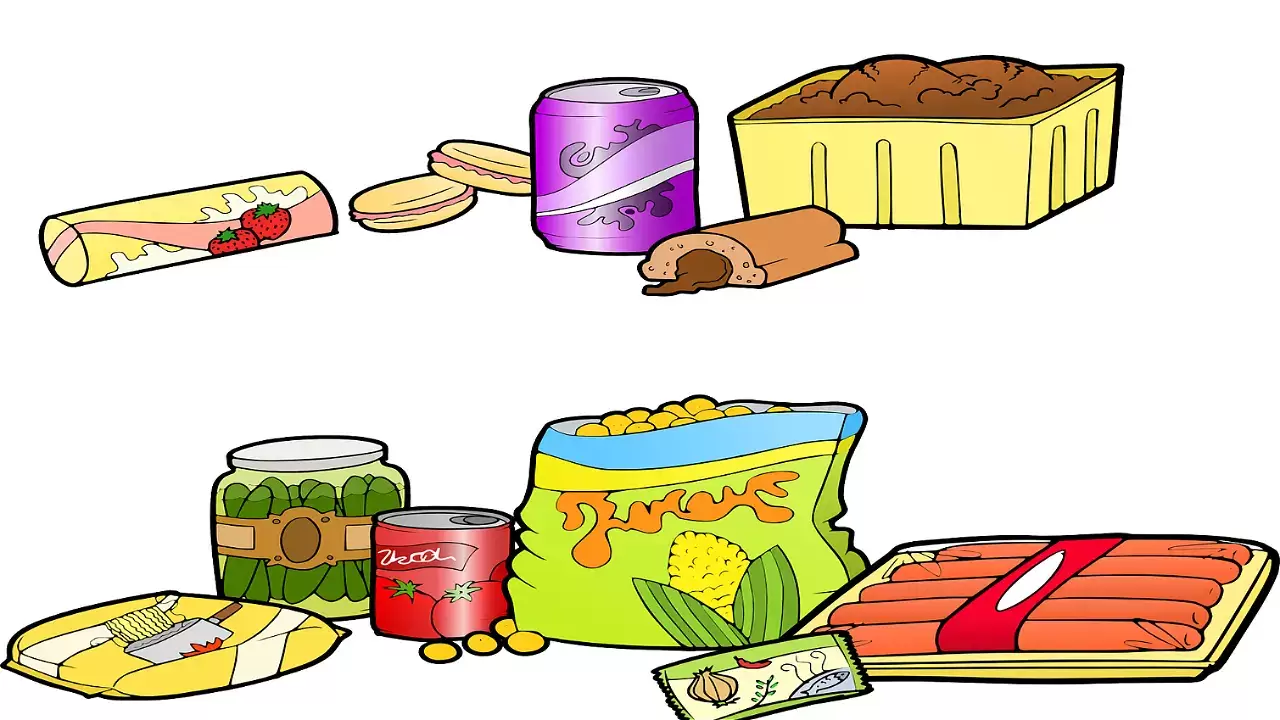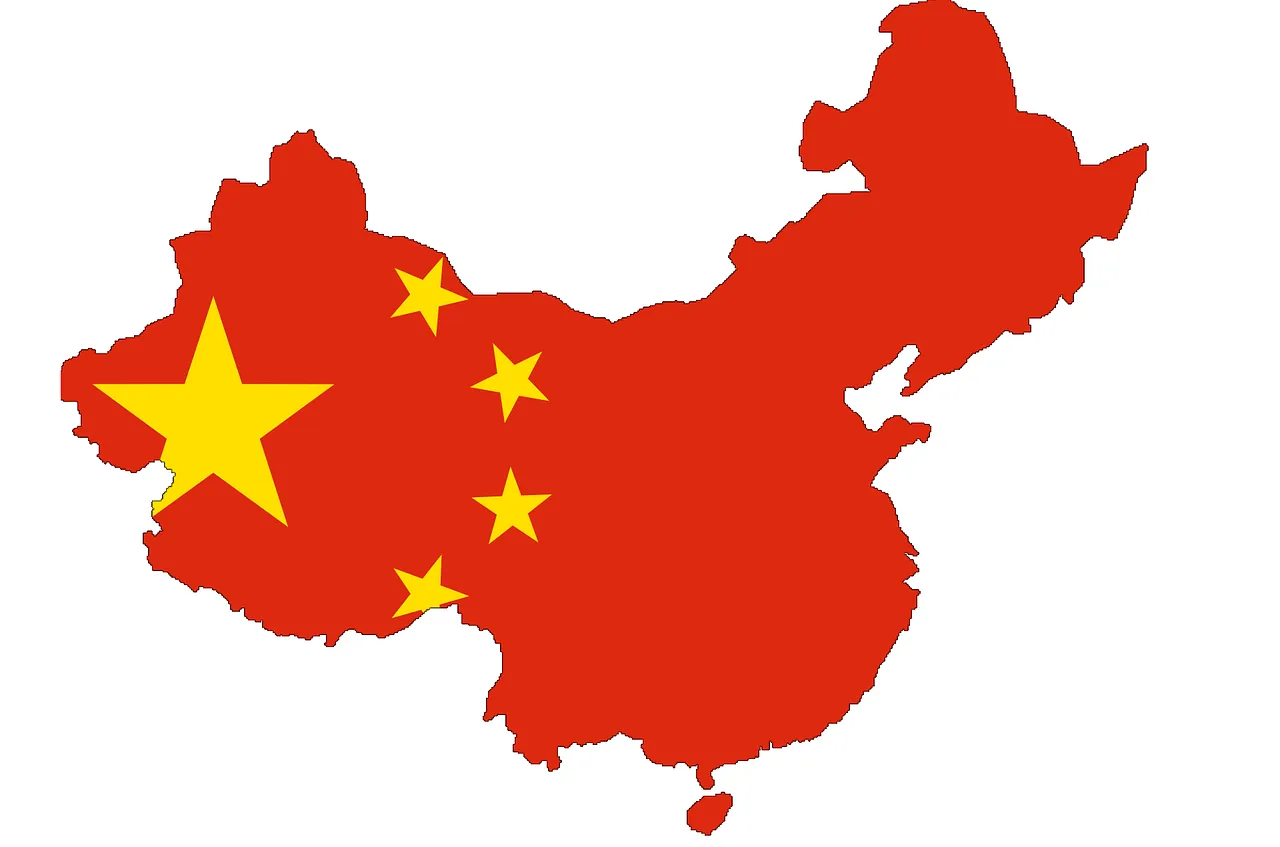
Under the strict definitions I have presented (below) - most of the foods we eat are processed and industrialized to one degree or another. Unfortunately, this is indeed the reality, but at the moment, in the absence of objective indicators, it isn't easy to quantify these essential indicators. A new, simple, transparent method of classification and labeling for consumers is requested, reflecting the extent to which the food and beverage are close to the natural product.
Highly processed food? (Usually hard to know)

Looking for definitions of processed and industrialized food, you will find many definitions that differ.
- Most definitions of processed and industrialized foods try to distinguish between whole and natural foods, lightly processed foods, and highly processed foods. Yet, the average consumer will often find it challenging to understand their food category.
Industrialized & processed foods definitions. (Wikipedia)
Links: Industrial food (Wikipedia) | Convenience food, or tertiary processed food (Wikipedia)
- "Convenience food, or tertiary processed food, is food that is commercially prepared (often through processing) to optimize ease of consumption." (Wikipedia)
- "Industrial food has 4 references: Convenience food, Food industry, Factory farming, Intensive crop farming." (Wikipedia)
These definitions are pretty simplistic, without going into details at all!
It is challenging to separate the criteria between processed and industrial foods in practice, as they are intertwined.
- Food production is a long process that includes growing food from animals and plants to picking, slaughtering, collecting, transporting, packing, preparing, cooling, processing, packaging, storing, and distributing.
- Processed food criteria do not concern how to prepare food at home before eating but the entire production chain before it reaches the shelf.
Processed and industrialized food suggested broad and stringent definitions and main criteria.
Food that meets one or more criteria may be considered processed or industrialized.
- After a deep freeze, raw or ready-to-eat food should be baked, fried, steamed, or heated over high heat.
- The primary test is the damage caused to each product's nutrients during freezing, cooling, or heating to high heat. We are taking into account the product's shelf life.
- In their final serving form, food and beverages contain substances that are not wholly natural, such as artificial sweeteners, emulsifiers, solidified vegetable oils, trans fats, artificial flavors, colorants, preservatives, and more.
- Animal and plant nutrients are grown under conditions that are not optimal. Such as:
- Animal foods have received growth hormones, antibiotics, and foods that target unnatural obesity for the specific animal—various unneeded chemicals.
- Plant foods are grown under conditions that impair product quality. Such food has undergone chemical spraying or harmful biological treatment, growing produce in untreated wastewater and poor soil unsuitable for the specific crop.
- Food packed in tin cans (leaking), smoked food. (Smoking may contain unhealthy chemicals.)
How will you distinguish between beneficial and less harmful foods?
Unfortunately, without definitions, simple criteria, and proper labeling, you must have sound logic, senses, and experience.
- When you see a list of unnatural and unfamiliar ingredients, it's probably industrial food. Whether this is lightly industrialized food will be difficult to determine without a more comprehensive examination.
- The labels on most food products are often not read-friendly and contain various ingredients that do not indicate the inherent risk to users. The answer is no if you thought the labels were for public benefit! The purpose of labels is to protect manufacturers.
- There are attempts around the world to improve the labeling of harmful products. However, the labeling is relatively simplistic, based on partial criteria, and without an orderly methodology.
- The food industries are among the richest globally. They put enormous pressure on politicians who do not support legislation that would mark unhealthy products, and they fear for their profits.
Prominent examples:
- Whole and natural foods include organic or non-organic fruits, vegetables, roots, sprouts, mushrooms, legumes, berries, nuts, and beans. (Usually not genetically modified), or animal products are grown on natural pasture without any unnatural additives.
- Lightly processed foods. (With good nutritional values) - Fruits and vegetables cut and frozen, sourdough bread with wholemeal flours (such as rye and spelled), yogurt (preferably goat's milk), or sheep's cheese without additives or preservatives. Freedom eggs, deep-sea fish, beef or pork, grass-fed, and natural foods only.
- Industrialized and processed foods whose consumption can harm our health - Minced meat (not ground in our presence), pizzas with cheese substitutes, low-fat beef dairy products, pies, and ready-made cakes containing large amounts of unnatural meat sweeteners, corn syrup, powdered ice creams.
- Soft drinks, including diet drinks.
- Foods to avoid altogether - Pastries, bagels, cakes, snacks that contain a high percentage of trans fat, margarine (solidified vegetable oil), recycled oils, burnt, etc.,
Is it possible to improve the health quality of existing processed food products?
Industrialized and processed food and beverages have many side effects that are not fully known to the public.
- Highly toxic to the body, causing severe inflammations throughout the body. (Affecting many organs.)
- High blood pressure, high cholesterol, fatty liver, and chronic kidney disease directly result from consuming industrialized foods.
- Insulin resistance and type 2 diabetes.
- Processed foods make us gain weight much faster than the same calories as natural foods.
- It causes a heavy load on the liver & kidneys.
- Processed food is unsuitable for tissue regeneration, affecting health and even older than usual appearance.
The answer is "yes," - but their price will probably rise, and their shelf life will be lower.
- Some manufacturers (usually small ones) produce quality food only from natural products. The problem is that these products are much more expensive than industrial ones and have shorter shelf lives.
- As long as regulators do not enforce reader-friendly labeling of food products, the food industry has no incentive to move to healthier products. (which will be much more expensive and have a shorter shelf life.)
- The food industry did not see the public good before it; corporate profitability was more important.
- The main culprits are the various regulators and politicians who submit to the dictates of the food and beverage industries, knowing that the public good is being harmed.
Type 2 diabetes has become an epidemic in China. (Even today, the Chinese diet is not very rich in sugars.) 
A combination of an industrialized diet, an unhealthy, leisure-free lifestyle, and constant stress devastates the body and mind.
- Diabetes type 2 patients rose from about 20 million in 2000 to about 110 million in 2015, and a forecast of 150 million in 2040. By 1980, type 2 diabetes in China was an uncommon disease.
The leading cause of T2D is transitioning from a plant-based diet to a highly processed and industrialized animal protein diet combined with a stressful lifestyle.
- The most notable dietary change in the period under consideration is a dramatic increase in meat, dairy, pastries, and fast food consumption. Chinese cuisine is based mainly on frying; switching to cheaply refined oils has turned them into trans fats.
- China's meteoric development has put heavy pressure on its population.
A similar phenomenon (but less acute than that of China) exists in Japan and Korea.
- The cultures of the Asian peoples are very competitive and disciplined, with complex work values that leave little leisure time.
Is rice the cause of diabetes? (The answer is no)
- The diet of the Asian people is based on rice as the main carbohydrate. But rice is not to blame! Until 40 years ago, diabetes was a marginal disease in Asian nations, while rice is an ancient food.
The countries with the lowest diabetes rates are Lithuania, Estonia, Ireland, Sweden, Luxembourg, England, and Australia.
- These countries consume no fewer carbohydrates and sugars than exist in Asian nations. The British fish and chips are no better than the Japanese diet! The main difference is the leisure cultures.
Until 100 years ago, diabetes was a rare disease; until the mid-50s of the 20th century, it was a marginal disease.
- About 50 years ago, the fast-paced and industrialized food revolution erupted in full force. This, combined with a demanding and leisure-free lifestyle, has created a record-breaking chronic illness, not just diabetes!
Diabetes is a symptom (of an unhealthy diet and lifestyle). It is worth noting that diabetes has a noticeable mental-energetic dimension. Obesity is another symptom of an unhealthy diet and lifestyle. It is not the cause of diabetes!
Summary, Conclusions, and Recommendations.
A diet containing industrialized and processed foods and beverages causes chronic morbidity in unprecedented proportions!
- Unfortunately, politicians and regulators are not yet brave enough to give the public reliable and user-friendly information that will allow them to make informed decisions about their diet. A new, simple, transparent method of classification and labeling for consumers is requested, reflecting the extent to which the food and beverage are close to the natural product.
Natural food is more expensive than processed and industrialized food! But it saves suffering, unnecessary treatments, poor quality of life, and death.

A diet containing industrialized and processed foods and beverages causes chronic morbidity in unprecedented proportions! Unfortunately, politicians and regulators are not yet brave enough to give the public reliable and user-friendly information that will allow them to make informed decisions about their diet. A new, simple, transparent method of classification and labeling for consumers is requested, reflecting the extent to which the food and beverage are close to the natural product.

